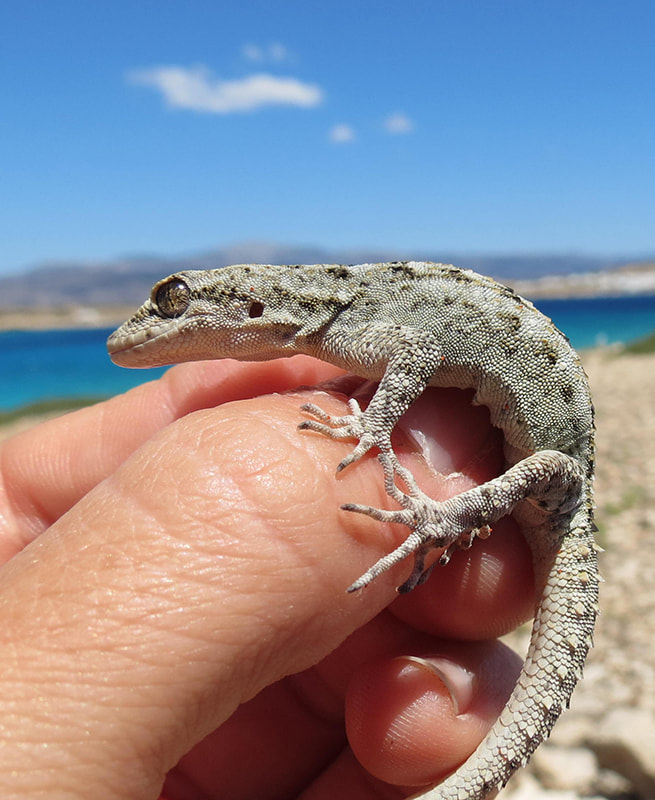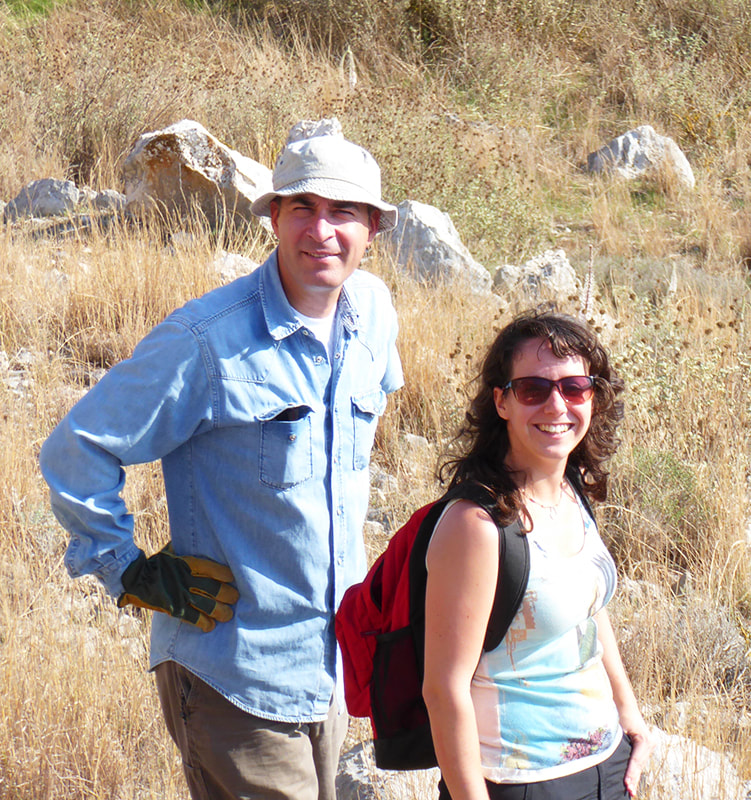| Life-histories of insular species are hypothesized to slow down, a phenomenon known as the "island syndrome". Insular individuals are thus expected to lay smaller clutches of larger eggs compared with individuals belonging to closely related mainland species. Most lizards have variable clutch sizes and can lay any number between one egg and a species-specific maximum, which can be well over 50 eggs. Many lizards, such as geckos and anoles, however, lay invariant small clutches of one or two eggs, and may thus be unable to manifest some aspects of the island syndrome. We tested whether insular species with either variable or invariant clutch sizes respond to insularity differently by analyzing egg, clutch, hatchling and female sizes and brood frequencies of 2,511 lizard species. |
| We found that insular species with variable clutch sizes lay smaller clutches of larger eggs, from which larger hatchlings emerge, compared with mainland species, as expected by the island syndrome. Lizards with invariant clutch sizes, however, lay smaller clutches on islands and increase clutch frequency, compared with mainland species, perhaps because of limitations set by the female body cavity and pelvic opening. This may result from lower seasonality of tropical islands, leading to a greater spread of reproductive effort, or as a result from fluctuations in population densities caused by tropical storms. Our results also emphasize the importance of taking differences in life-history traits into account while studying lizard reproductive traits on large phylogenetic scales. |




 RSS Feed
RSS Feed
